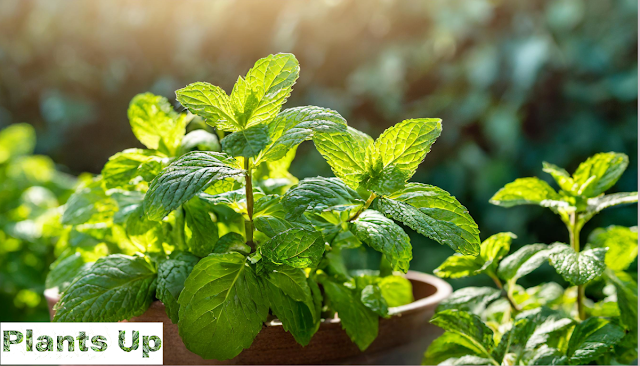 |
| Indoor Vegetable Garden: How to Grow Fresh Produce Year-Round |
Are you tired of buying expensive, pesticide-laden produce from the grocery store? Why not try growing your own vegetables indoors?
Indoor vegetable gardening is becoming increasingly popular, as it allows you to grow fresh produce year-round, regardless of the weather outside. Not only is it convenient, but there are also many benefits to growing vegetables indoors, including having more control over the growing environment, saving money, and reducing your carbon footprint.
In this article, we'll explore the world of indoor vegetable gardening and show you how to get started.
Choosing the Right Vegetables
Preparing Your Indoor Vegetable Garden
A. Choosing the right location: Vegetables need sufficient sunlight to grow, so choose a spot in your home that gets at least 6 hours of natural light per day. Alternatively, you can use grow lights to supplement natural light.B. Preparing the containers: Select containers that are big enough to accommodate the roots of the plants and have good drainage. You can use pots, planters, or even repurpose containers such as old buckets, mason jars, or cans.C. Soil and fertilizer: Choose a high-quality potting mix that is rich in nutrients and promotes good drainage. Fertilize your plants with a balanced fertilizer, such as a 10-10-10 NPK fertilizer, at least once a month to ensure healthy growth.
Caring for Your Indoor Vegetable Garden
A. Watering: The key to successful indoor vegetable gardening is to keep the soil moist, but not waterlogged. Water your plants when the top inch of soil feels dry to the touch. Avoid letting the soil dry out completely or overwatering, which can lead to root rot.
B. Lighting: Most vegetables need at least 6-8 hours of sunlight each day to thrive. If you don't have a sunny window, you can use grow lights to supplement natural light. LED grow lights are energy-efficient and provide the right spectrum of light for plant growth.C. Temperature and Humidity: Vegetables grow best in temperatures between 65-75°F (18-24°C) with a humidity level of 50-70%. Keep your plants away from drafts and maintain good air circulation to prevent diseases.D. Fertilizing: Indoor plants need regular fertilizing to provide the nutrients they need to grow. Use a balanced fertilizer and follow the instructions on the label. Avoid over-fertilizing, which can burn the roots of your plants.
Common Indoor Vegetable Garden Problems and Solutions
A. Pests and diseases
Indoor vegetable gardens are not immune to pests and diseases. To avoid infestations, regularly inspect your plants for signs of pests and disease, such as holes in leaves, wilting, or discoloration. Remove any infected plants immediately and use organic pest control methods, such as neem oil or insecticidal soap, to control pests.B. Over or underwatering
Overwatering is a common problem for indoor vegetable gardens, as excess water can lead to root rot and other issues. Conversely, underwatering can also be detrimental to your plants. Make sure to water your plants only when the top inch of soil is dry, and use a well-draining potting mix to prevent water from accumulating at the bottom of the pot.C. Poor growth
Poor growth can be a result of several factors, such as insufficient light, poor soil quality, or incorrect temperature and humidity levels. To address this issue, ensure your plants are receiving the correct amount of light and temperature, and use a high-quality potting mix that is rich in nutrients. You can also use organic fertilizers to boost growth.
Harvesting Your Indoor Vegetables
A. Knowing when to harvest
The best way to determine if your vegetables are ready to be harvested is to check their maturity dates on the seed packet or the information provided with the plant. You can also check for visual clues such as color, size, and texture.B. Best ways to harvest and store vegetables
When it's time to harvest your indoor vegetables, use a sharp knife or scissors to cut the vegetables from the plant. Avoid pulling or twisting the vegetables, as this can damage the plant.
